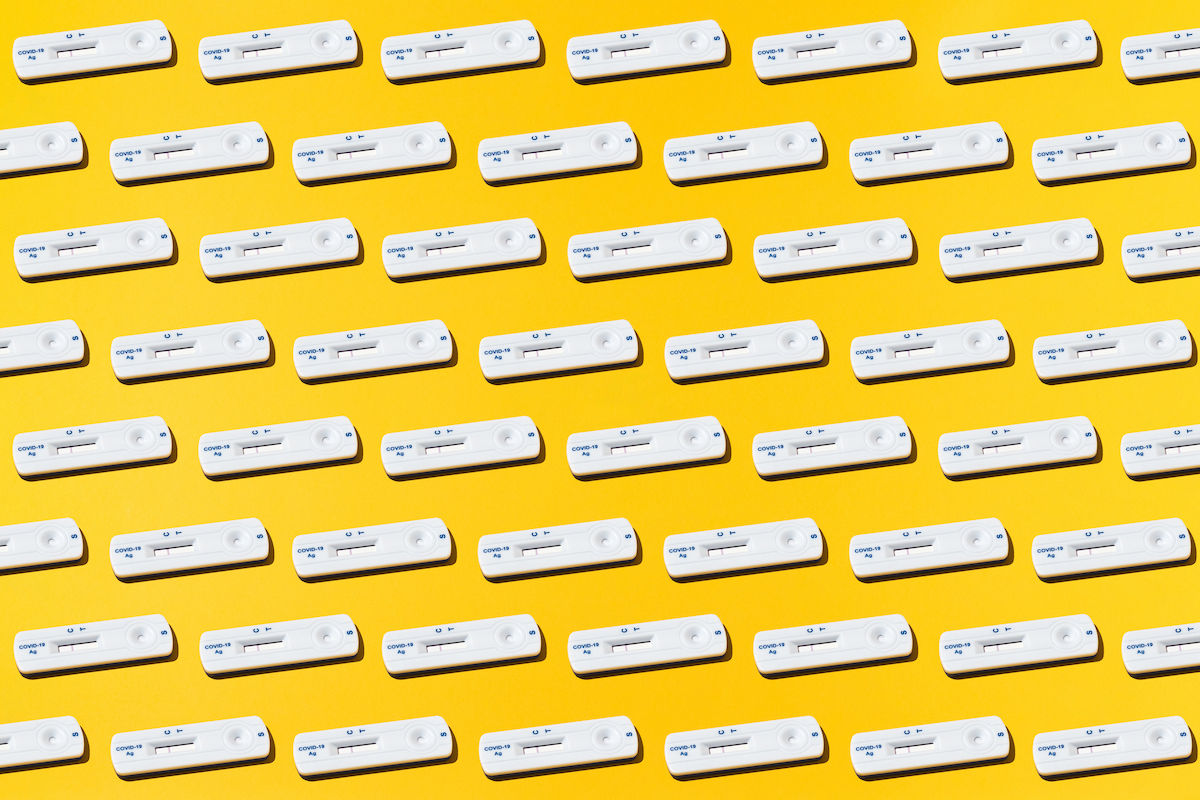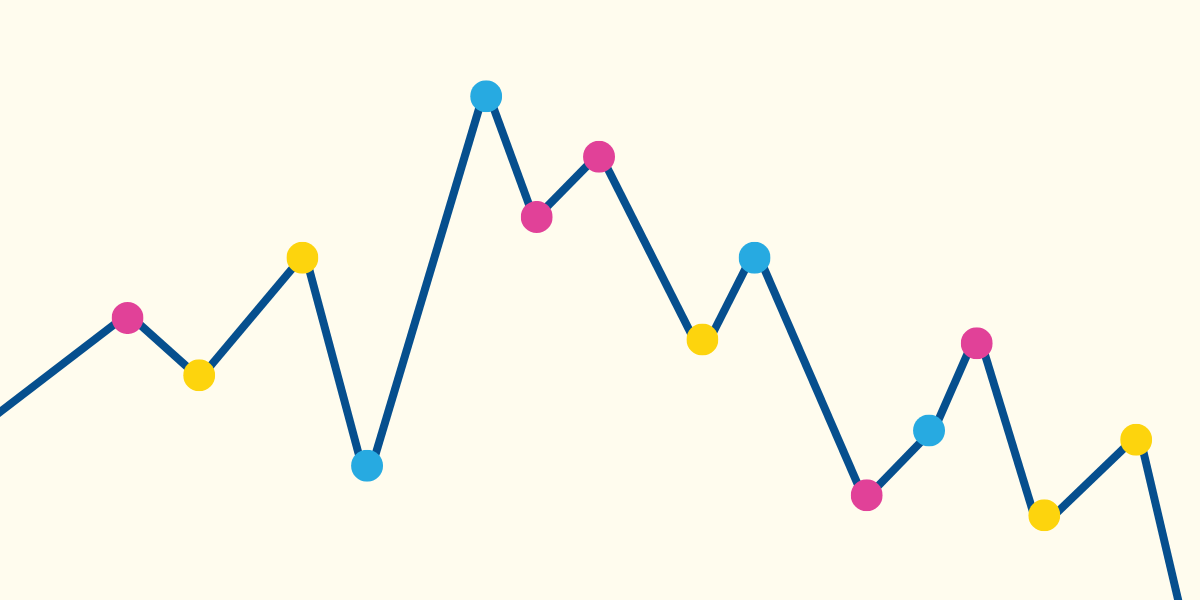This morning the FDA put out a release in advance of the October 26 ACIP meeting which will cover (among other things) vaccines for kids. The release contains the full Pfizer analysis of the Pfizer data for children. I know this is on a lot of our minds, so I wanted to dig into what they are reporting out in terms of trial details, safety and efficacy.
I wanted to get this out fast, so I didn’t tax my wonderful proofreader, Rina, for her help. As a result, we will be returning to the situation from several months ago in which my newsletters have a “charming” number of typos. Sorry! (If you want to support the new, typo-free, situation please consider subscribing).
Okay, let’s go. I’m going to show and explain a bunch of their graphs and tables. Focusing on what we know about the trial, what they see in safety and what they see in efficacy.
Trial Details
To set the stage, here’s the simple table of information on what happened in the trial (I’m going to focus here on the Phase 2/3 trial data, which is the new information on which approval will be largely based). In this trial, Pfizer evaluated a dose of 10 micrograms. This is a third of the 30 microgram dose which is approved for adults and children over 12.
There are a total of 2285 individuals, of whom 1528 were randomized into getting the vaccine, 757 into the placebo. Nearly all of those randomized completed both doses and were followed up for at least a month after dose 2. (THANK YOU PEOPLE IN THE TRIAL).
 and
and Not reported in this table are demographics, but they discuss them.
- Race: 78.9% White, 6.5% Black, 6.0% Asian, 7% multiracial
- Ethnicity: 21.1% Hispanic/Latino
- Gender: 52.1% Male.
- About 20% of both groups had comorbidities, of which asthma was the most common.
Safety
When we look at safety data, the FDA focuses on three things: local reactions, systematic reactions, and severe adverse events.
Local Reactions
Local reactions are both the most common and probably the ones we least worry about. 75% of the vaccinated participants had mild or moderate pain at the injection site. This is much higher than the placebo group (30%) although lower than a comparison groups of 16 to 25 year olds (85%). Pain in kids was also more likely to be mild (rather than moderate). The other somewhat common local reaction was redness (15 to 18% of kids, versus 6% in placebo).
Systemic Reactions
Of more interest and concern are more systemic reactions– fever, pain, fatigue, etc. The document repots this out separately by the first and second dose, and I’ve put both graphs below. They are a little dense, but actually pretty helpful.
Let’s focus on the first dose figure below. The report is trying to help us do two comparisons. The first is between the vaccinated kids and the placebo group. The second is between vaccinated kids and vaccinated older people (16 to 25). Both are useful comparisons.
Look at the fever comparison below. The red circle I’ve drawn compares the vaccinated kids to the placebo kids. 2.5% of vaccinated children had a fever after the first dose, versus 1.3% of the placebo group. The blue circle compares vaccinated kids to vaccinated young adults. 2.5% of vaccinated children had a fever, versus 7.3% of vaccinated young adults. (You can also do the double comparison — placebo reactions are similar in the two groups).


We conclude that fever is more likely in those who are vaccinated, although children have a lower rate of this side effect than young adults. You can do a similar analysis across all of the groups. In general, comparing vaccinated kids to the placebo, there are relatively few side effects which are more common in the vaccinated group. For example: 22% of the vaccinated kids report headache after the first dose, but so do 24% of the placebo! If you squint, maybe muscle pain shows up as slightly more likely, but the increase is only about 2.3% so it’s hard to tell if this is even significant.
Very consistently we observe that the side effects are more severe for older groups. This conclusion holds also for dose 2 (see second graph below). There, however, we do see slightly higher side effects in the vaccinated group of children — more fatigue, headache, chills, fever. This is consistent with the generally higher rates of side effects for everyone with the second dose.


Broadly, I think these results look excellent for the vaccine.
Serious Adverse Effects
In both the vaccinated and placebo groups, some adverse events were reported. The rates, however, were similar in the two groups. Of the1518 vaccinated children, 3 reported severe adverse events; this is compared to 1 of the 750 kids in the placebo group. However, these were not judged to be related to the vaccine (example: upper limb fracture).
The FDA also asked for an additional month of follow-up, and there were none. Notably, there were no cases of myocarditis in this sample, which is a concern in slightly older children (although is rare there, as well). Broadly, this is excellent news. Here is where Pfizer lands on safety:
Phase 2/3 data from approximately 2250 children 5 to <12 years of age with a follow-up time of at least 2 months after Dose 2 showed BNT162b2 at 10 µg was safe and well-tolerated. (from report, p. 40)
Efficacy
The main efficacy results here rely on “immunobridging”. A subset of participants in the study were evaluated for antibody levels. Efficacy relies on observing an antibody response at a sufficient level, in this case comparable to the response seen in those 16 to 25.
This comparison is done for 264 children, compared to 253 individuals 16 to 25. The children got the 10 microgram dose, adults got the 30 micrograms. Antibody titer measures were 1197.6 for the child sample on average, 1146.5 for the older group. 99.2% of each group showed evidence of immune response. Conclusion: similar immune response.
In addition, there is a little bit of data on efficacy from actual SARS-COV-2 infection. I’ve put in Table 13 below. The sample is slightly smaller because they focus on kids without evidence of prior infection. Of these, 3 of the 1273 vaccinated children had evidence of COVID infection, versus 16 of the 663 placebo group. This translates to 90% efficacy. Which is so good! There is also a nice graph showing how incidence evolves in the groups after vaccination.




Four things of note.
- This trial was run during the period in which the Delta variant dominated, which is good in terms of conclusions for the current setting.
- Overall the rates here are fairly low in both groups.
- There were no documented infections in either group among children who had previous evidence of SARS-COV-2 infection.
- There were no severe COVID-19 cases in either group, consistent with the overall low risk for children.
Bottom line on efficacy is that it looks good. Yes, the samples are small, but the protection against any illness seems really significant. And of course the antibody results are great.
What Happens Next?
The document ends with:
Taken together, the potential risks and benefits as assessed by the safety profile, efficacy, and immunogenicity of the 10 µg dose of BNT162b2, are balanced in favor of the potential benefits to prevent COVID-19 in children 5 to <12 years of age. (Page 71)
If the FDA agrees with Pfizer, they’ll move forward at the October 26 meeting, and then there is a second early November meeting for further approval. Earliest day for shot in arms is after that. I’ll be there, especially with these data in hand.
Community Guidelines













